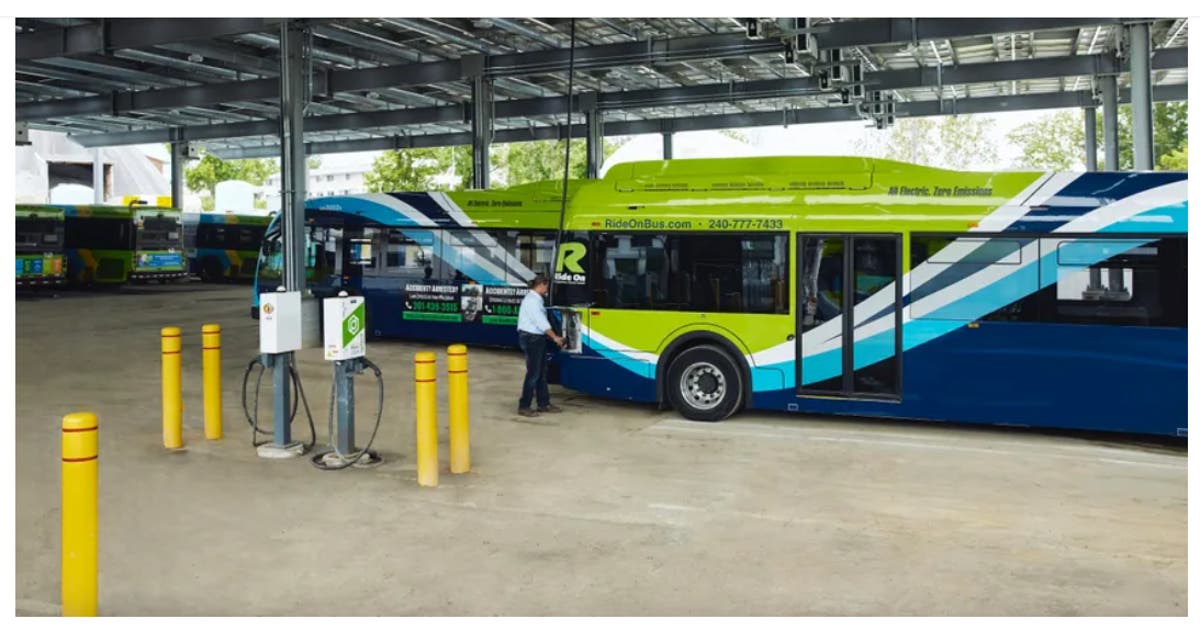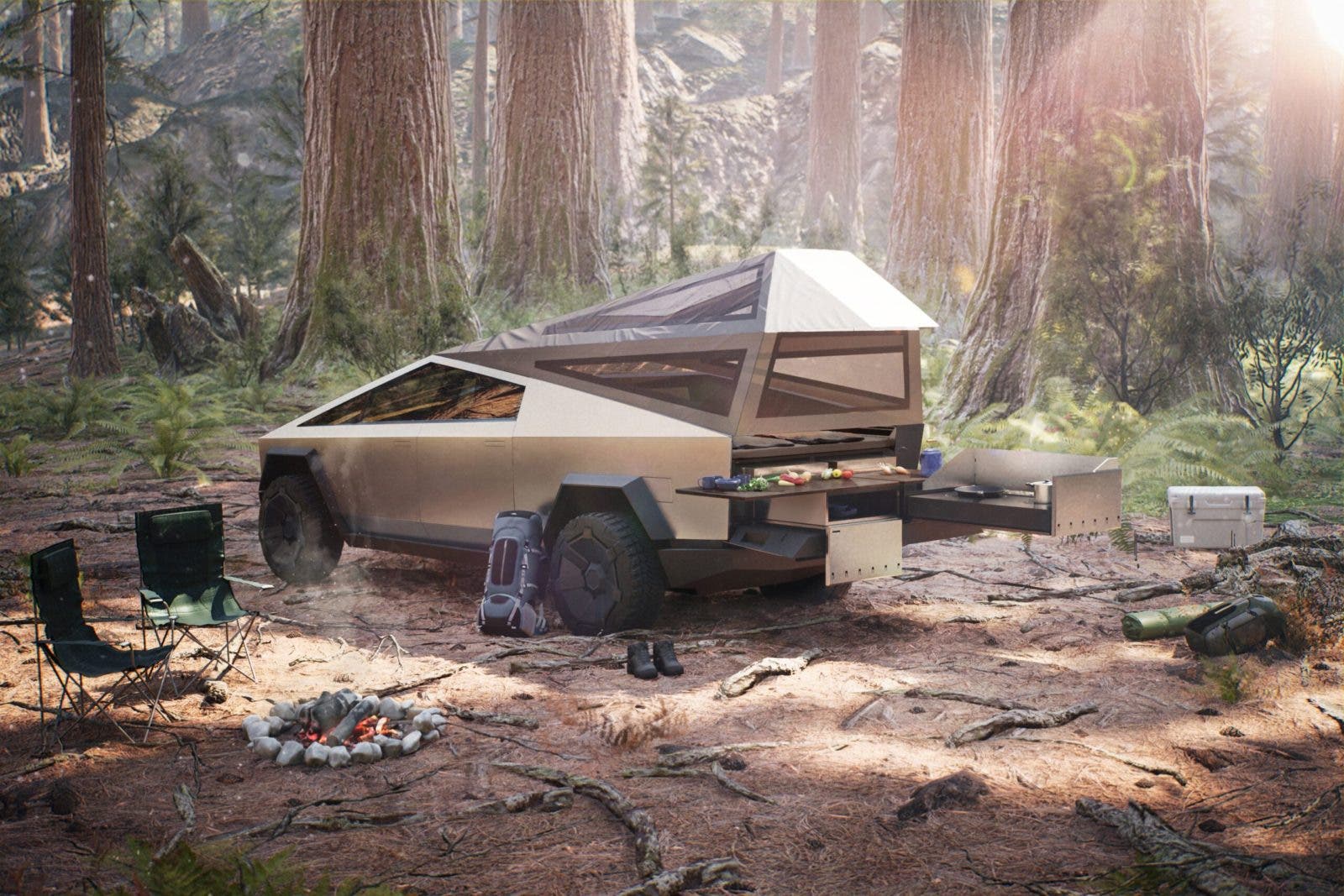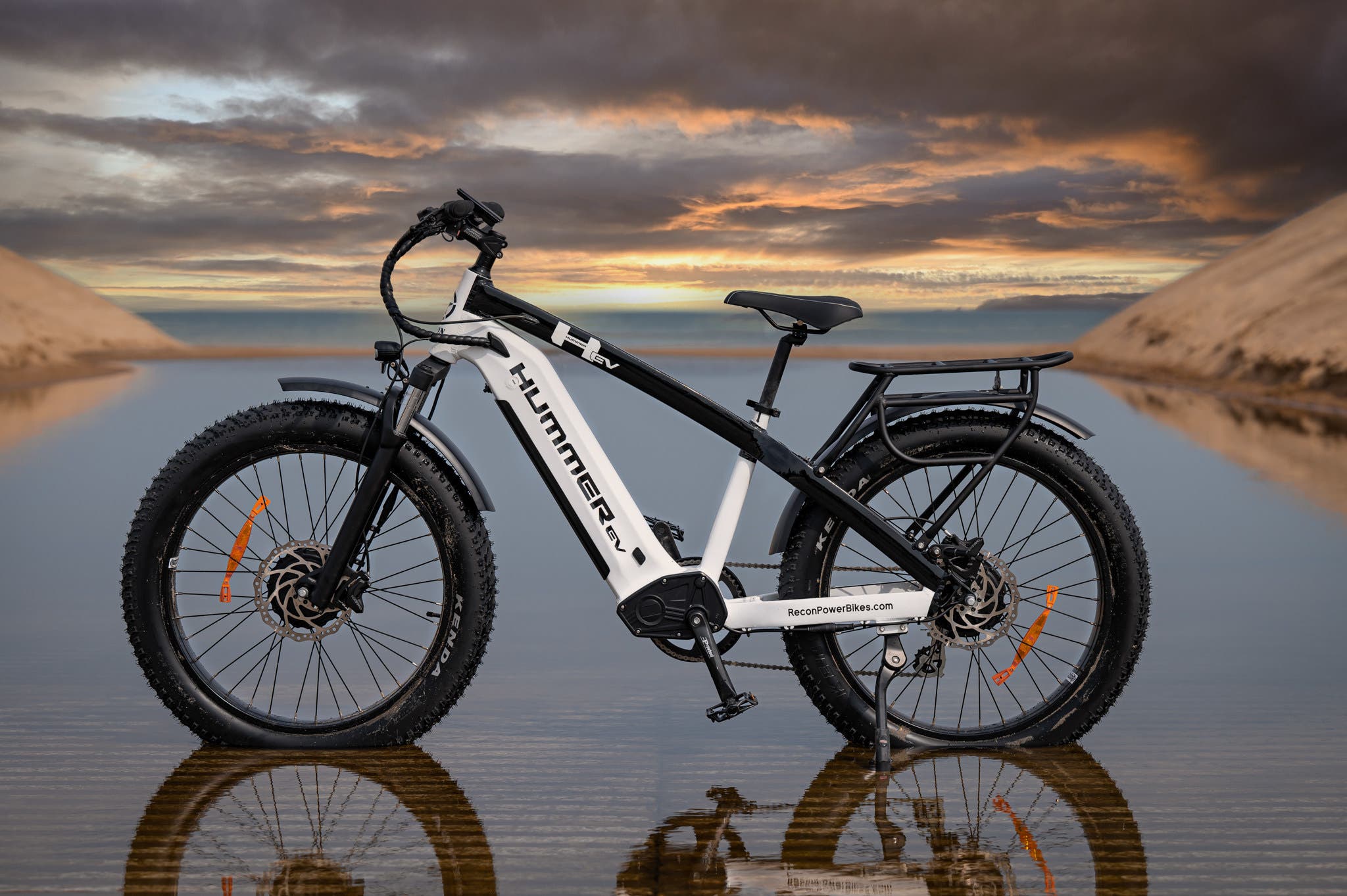Most African nations import used cars from Europe, Asia, and North America, accounting for 90% of total vehicle imports. This is due to the fact that most individuals cannot afford brand-new cars, which typically start at around $30,000. The bulk of people in these developing markets have lower salaries than citizens in developed countries, which is the fundamental cause of this situation. There is a widespread shortage of accessible auto financing, and the market for vehicle financing is not as developed in many of the continent’s nations.
Depending on the country’s import laws, these secondhand cars could be 8 years old or older. The Honda Fit, Toyota Yaris, and Mazda CX 5 are some of the well-liked automobiles in this class. Depending on the age, condition, and mileage, these cars will sell locally for between $8,000 and $20,000, making it more accessible for more people to purchase a car.
Due to these financial constraints, only a small number of people can afford to acquire an automobile. On the other hand, many of these nations’ public transportation systems fall short of meeting the needs of the populace in terms of efficiency. In comparison to affluent nations, Africa still has very low levels of motorization. Few nations have motorization rates that are higher than 100 vehicles per 1000 people . Most nations have rates of fewer than 50 passenger vehicles per 1000 inhabitants. To put this into perspective, consider that there are more than 500 passenger automobiles for every 1000 inhabitants in South Korea and Germany. According to a study by Siemens Stiftung , the US has an even higher rate, closer to 800 vehicles per 1000 inhabitants. Because of all of this, a large portion of the continent’s population continues to lack access to a dependable private or public mode of transportation.
These problems can be greatly reduced by hastening the implementation of public transit systems and the related infrastructure, as well as by encouraging micromobility. However, private vehicles also play a part in addressing a community’s everyday needs; for this reason, having access to the most suitable inexpensive cars could have a profound impact on regional economies. Spending time waiting in lines and for transportation could be avoided. Additionally, perishable products would reach markets in a timely way, assisting in lowering the high post-harvest losses.
I keep an eye on changes in the Chinese EV market since it appears that they will most likely lower prices in the EV market, much as Chinese manufacturers have helped to achieve with solar panels over the previous ten years. Most people would really be OK without certain bells and whistles if you had a decent, practical car that could carry you from point A to point B comfortably. In China, there are already a lot of accessible city EVs available for less than $10,000.
The Wuling Hongguang Mini EV is the true star of the show and is responsible for helping to develop this brand-new and exciting market for cars in this category. It has sold more than 700,000 units in China since its launch in the middle of 2020. The fact that it has sold roughly 750 000 devices in just over two years demonstrates how quickly the market is expanding. It might also be a sign that EVs are starting to gain popularity. When contrasted to sales of one of the first truly mass-produced EVs, the Nissan Leaf, which took 10 years to achieve 500,000 units sold, 700,000 units sold in two years in one market illustrates how far we have gone.
The Wuling Hongguang Mini EV still has a lot of detractors worldwide despite all of its accomplishments. Every time a new article about the Wuling Hongguang Mini EV is published, a sizable number of individuals frequently comment that the vehicle appears a little too little and might not be secure. Some claim that the automobile isn’t even real. But this tiny EV is revolutionizing China’s mobility industry and opening up a brand-new, fascinating market. It is providing some people with a chance who might not have had the option to purchase a standard car because these were out of their price range. The Wuling Hongguang Mini EV is frequently purchased by first-time customers in China’s second, third, fourth, and fifth tier cities.
In Africa, vehicles in this segment can have a similar impact. However, there have been additional concerns raised over whether this car could actually withstand some of the challenging roads found in some African urban centers. Would some of the very rough and heavily potholed roads be manageable with its low profile? Even for local use cases, is it big enough?
I was finally able to witness one in person after reading about this brand-new invention from GM, Wuling, and SAIC for the previous few years and viewing numerous videos on this bestselling Mini EV. initial impressions It is larger than I initially believed. Despite being small and narrow, it is actually around the same height as several standard vehicles, including the Toyota Aqua. I didn’t anticipate the front seats to be this spacious. The driver and front passenger have a good amount of room. To put it kindly, the back sitting room is not that generous. Nevertheless, it is very practical when the back seats are folded. When the back seats are folded down, the Wuling Hongguang Mini EV’s boot capacity is 741 liters. As demonstrated below, one can easily fit four average-sized luggage.
I can think of a lot of excellent local uses for this kind of vehicle. Similar to how the Citroen Ami freight is positioned, the Wuling Hongguang Mini EV might be a wonderful asset in last mile deliveries. High school students, college students, and professionals in their early careers could be the main target demographics. The Unbelievable Company is accepting orders for the Wuling Mini EV and has established operations in Zimbabwe. I’m interested in observing how the market develops.
Photographs from The Unbelievable Company
Do you value the unique reporting and cleantech news coverage on CleanTechnica? Consider becoming a patron on Patreon or a CleanTechnica Member, Supporter, Technician, or Ambassador.






